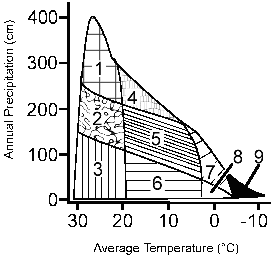The process of natural selection results in Select all that apply.
A. Speciation.
B. Extinction.
C. Adaptation.
D. Random genetic mutations.
Answer: C
You might also like to view...
Select the phylum that includes deuterostome animals that are exclusively marine and have radial symmetry as adults.
A. Porifera B. Rotifera C. Echinodermata D. Chordata E. Cnidaria
Browsing through a seed catalog, you are tempted to order several beautiful floral varieties, but worry that you will spend too much on your garden every year. Which plants should you buy?
A. herbaceous perennials, which will come back year after year B. woody perennials, which require little space and few resources C. annuals, which will come back year after year D. biennials, which will last twenty years before they die Clarify Question What is the key concept addressed by the question? What type of thinking is required? Gather Content What do you already know about annuals and perennials? What other information is related to the question? Choose Answer Given what you now know, what information is most likely to produce the correct answer? Reflect on Process Did your problem-solving process lead you to the correct answer? If not, where did the process break down or lead you astray? How can you revise your approach to produce a more desirable result?
Which of the following plants are widely planted in
cities because of their resistance to insect predators, air pollution, and disease? a. horsetails b. ginkgos c. pines d. spruces e. junipers
Based on the temperature range and precipitation, the area on the accompanying figure labeled as 3 represents which of the following biomes?

a. savanna
b. temperate deciduous forest
c. temperate rain forest
d. taiga
e. tundra